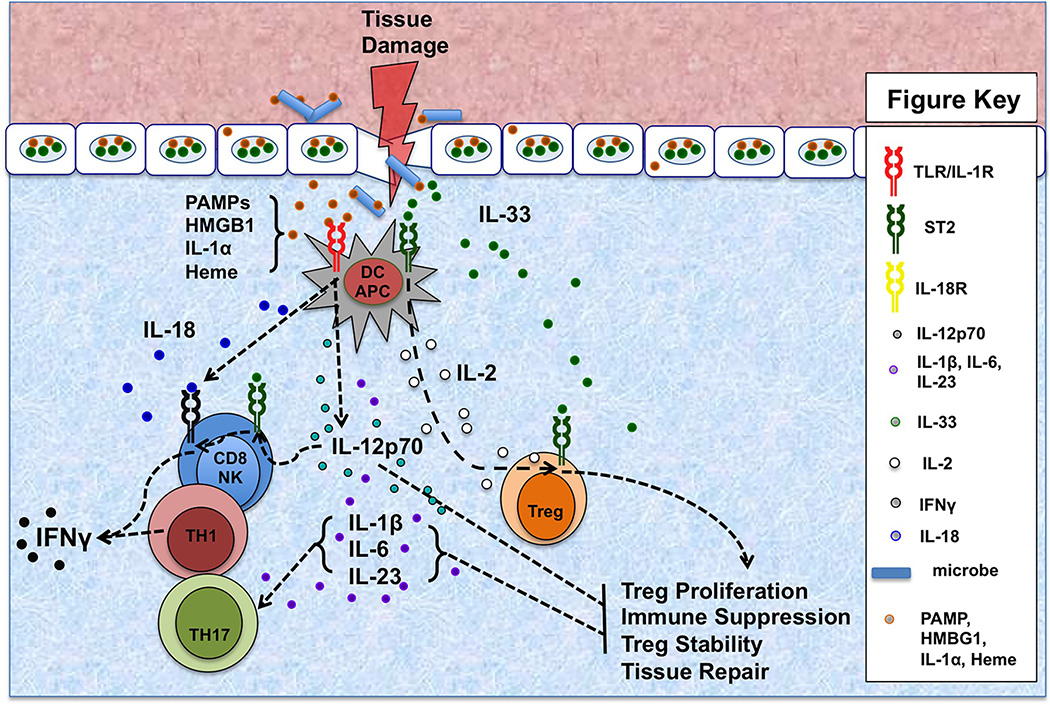Figure 1. Cytokine Networks Shaping Alarmin Functions in Allotransplantation.
Tissue damage and cell death, particularly of the barrier tissues, results in the release of alarmins, including HMGB1, IL-1α, IL-33, and free heme. In the presence of PAMPs arising from infiltrating pathogens or commensal microbes, alarmins augment IL-12p70, IL-1β, IL-6, IL-18, and IL-23 production by TLR/IL-1R stimulated antigen-presenting cells (APC), including dendritic cells (DC). IL12p70 stimulates Th1 polarization and immune cell IFNγ production. In addition, IL-12p70 induces ST2 on NK and CD8+ T-cells, thus enabling them to respond to IL-33 with augmented IFNγ. IL-33 signaling may also facilitate CD8+ T-cells IFNγ secretion by supporting their responses to IL-18 by upregulating the IL-18 receptor. In addition to stabilizing the Th17 polarization of CD4+ T-cells, IL-23 also renders ST2+ Treg less responsive to IL-33. IL-12p70-stimulated T cells are resistant to regulation. However, in the absence of PAMPs, IL-33 does not cause DC pro-inflammatory cytokine production, but instead stimulates them to secrete IL-2 which works with IL-33 to expand Treg populations, particularly the subset expressing ST2, which is both suppressive and implicated in tissue repair.

